
9 min read
How to...Design a Home Office That Supports Your Wellbeing
WLLW explores how to craft a home office that elevates both your work and wellbeing through intentional design choices.
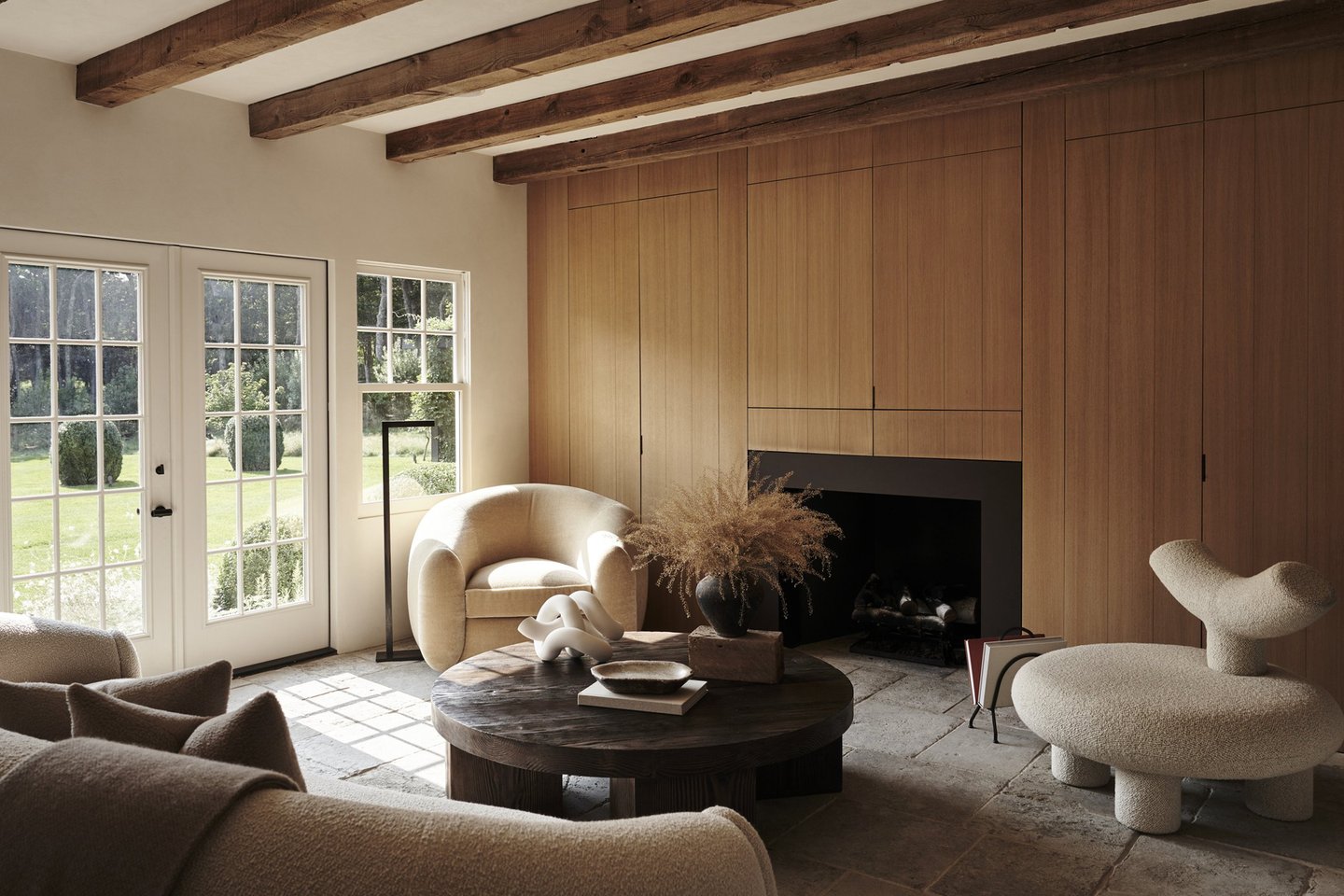
5 min read
WLLW delves into the ways our homes influence and actively bolster our mental health and overall wellbeing.
Mental wellbeing is a foundational facet that touches every aspect of life, significantly influencing the physical and social health of individuals, communities and broader society. More than just the absence of disorders such as anxiety or depression, it's about reaching one's potential, handling everyday challenges, contributing constructively to society, engaging in meaningful work, feeling a deep sense of belonging and having a place to call home.
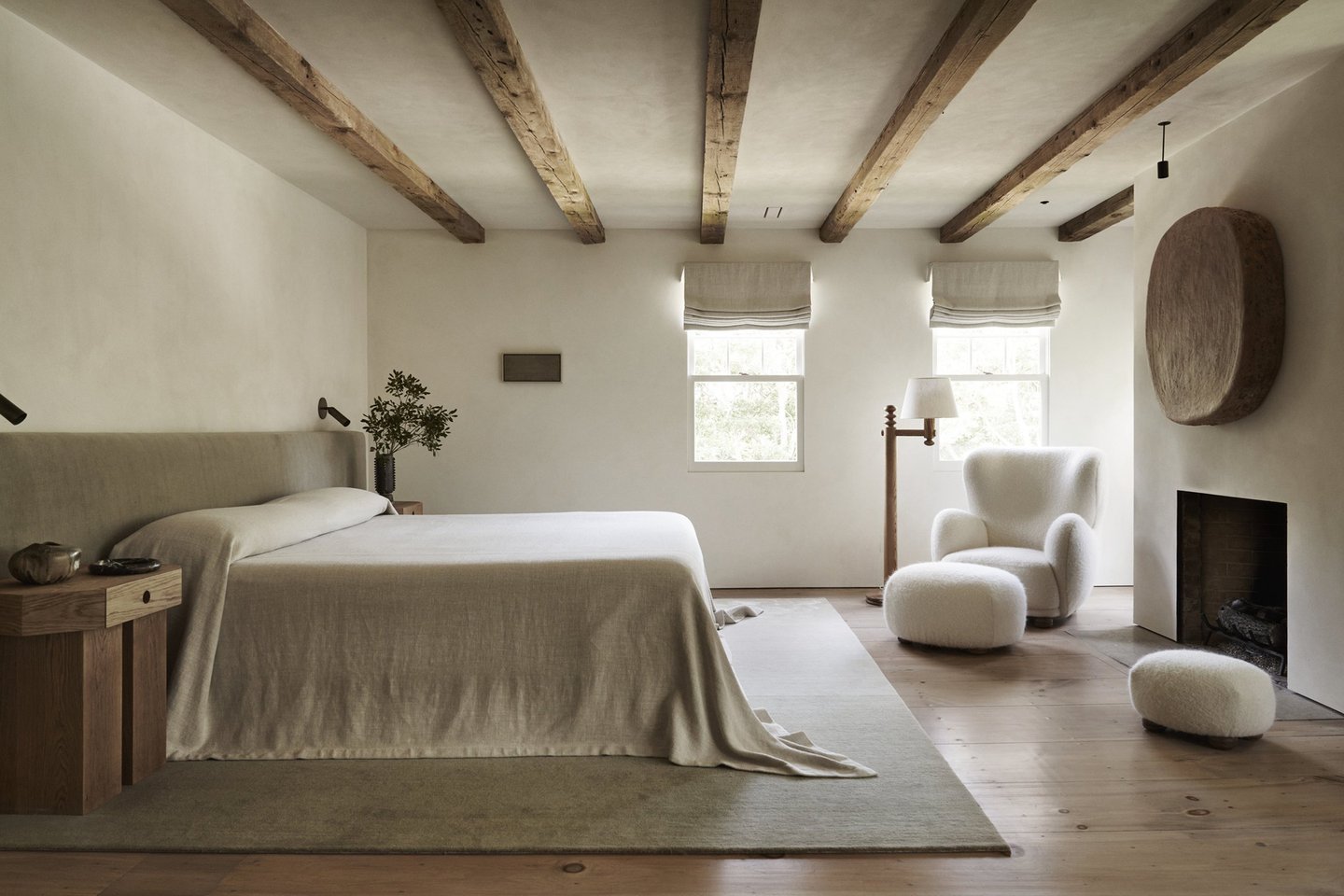
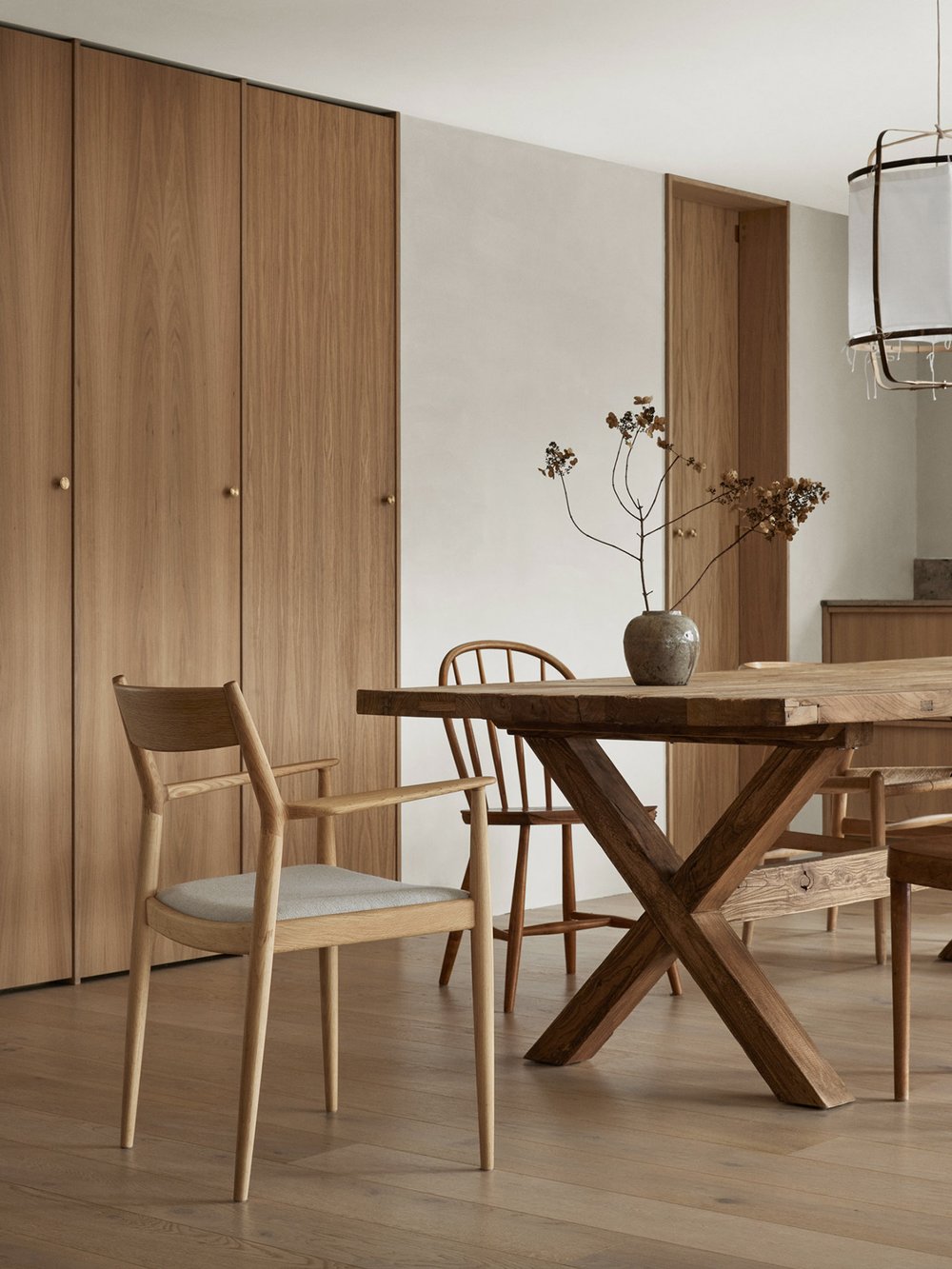
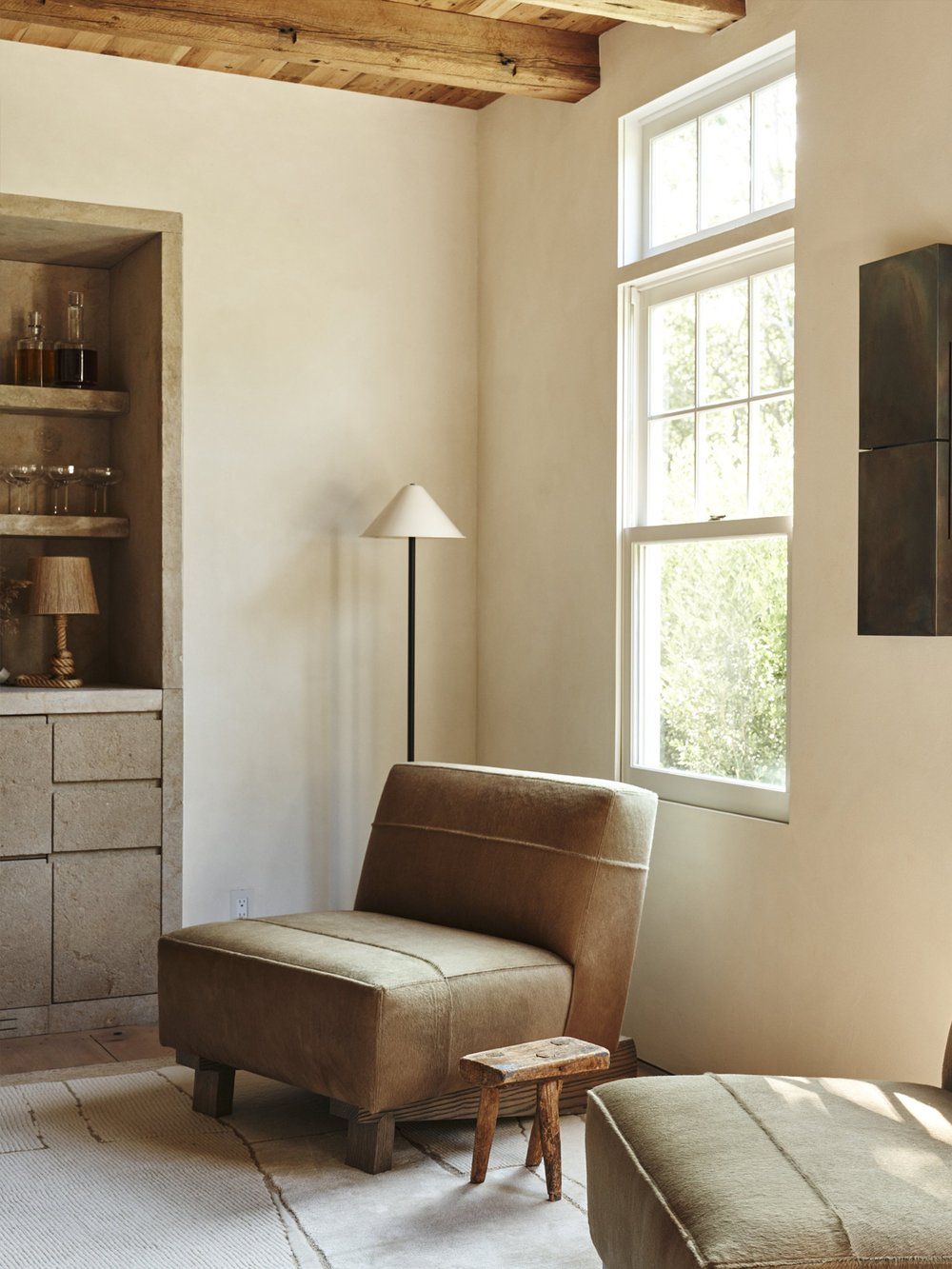
Rooted in Maslow’s hierarchy of needs, the home is far more profound than simply a structural shelter. At its most fundamental level, a home offers a deep sense of security, a haven where we can let down our guard, shielded from external threats and uncertainties. This physical security often translates into emotional security, providing a stable environment where we feel safe, both from external threats and the emotional storms of life.
Beyond security, our homes also bestow upon us a deep sense of place and identity. They act as mirrors reflecting our personal histories, tastes and values. Every piece of furniture, every color choice and even the layout become an extension of oneself, manifesting our personalities and choices. This form of expression offers a therapeutic avenue to assert our sense of self, especially in a chaotic world where individuality can often be overshadowed.
"Beyond security, our homes also bestow upon us a deep sense of place and identity. They act as mirrors reflecting our personal histories, tastes and values."
Homes can serve not only as shelters from the outside world but also as serene refuges from life's daily pressures. They provide calming oases where we can rejuvenate, engage in personal pursuits, or simply find solace. Within these walls, we can customize our surroundings, from ambient lighting to optimal temperatures, tailoring them to our individual comfort preferences.
Yet, while homes can be solitary refuges, they are also vibrant social hubs. They are where family memories are made, where friends gather and where bonds are strengthened. The sense of belonging that a home fosters isn't limited to its immediate occupants; it extends outward, connecting us to neighbors and the wider community. These social interactions, whether casual or intimate, play a critical role in mental health, reminding us that we are part of a larger tapestry of human connections.
Numerous elements, from socioeconomic conditions to lifestyle habits like sleep, nutrition, physical activity and personal relationships, play a role in shaping our psychological state. Given the centrality of mental wellbeing in our lives, how can our living spaces foster and nourish it?
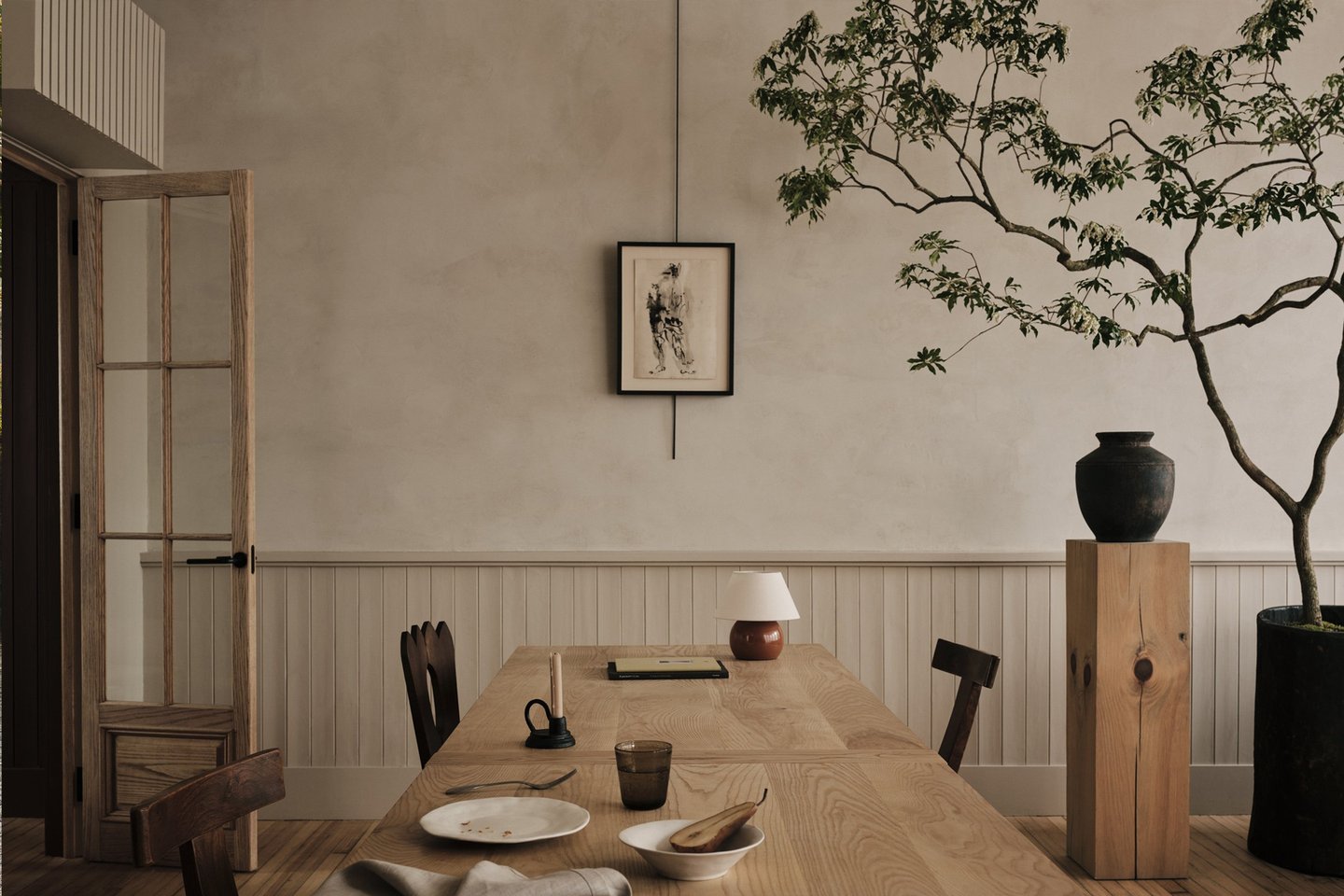

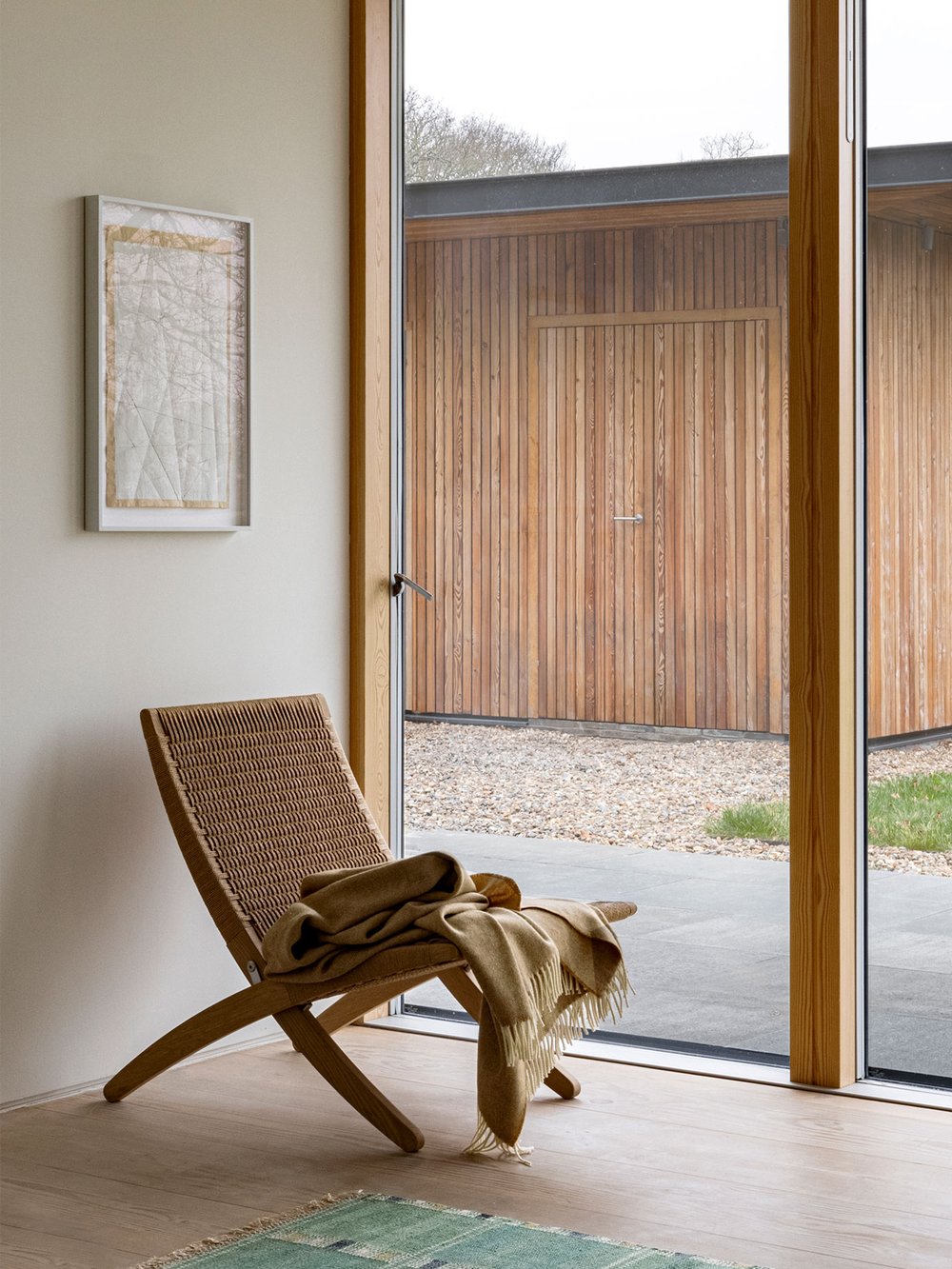
The very design and organization of our homes play an indispensable role in bolstering our mental health, offering support and comfort in every corner. Bathrooms, transcending their functional role, emerge as therapeutic spaces. Warm baths have been associated with stress reduction, while cold showers can alleviate feelings of depression and anxiety. The kitchen, often regarded as the heart of the home, serves as a source of both physical and emotional nourishment. When stocked with wholesome foods, it becomes a cornerstone for healthy eating habits. Moreover, shared mealtimes foster moments of connection and open communication among family members. Bedrooms, our personal retreats, should be the epitome of comfort and calm. The choice of a supportive mattress and comfortable bedding is vital. When paired with minimized disruptions, appropriate temperature control and optimized lighting, they create serene environments for sound sleep.
As the modern world evolves, our homes are increasingly serving dual roles, especially with the rise of remote work. The emphasis on having a dedicated workspace—whether it's a full-fledged home office, a quaint corner, or a repurposed garden shed—has never been more pronounced. Elements like ample natural light and the addition of greenery significantly boost our overall mental wellbeing. Beyond these functional spaces, homes can seamlessly accommodate multifunctional areas dedicated to relaxation, hobbies and movement. Spaces such as reading nooks, meditation corners, art studios, music rooms, or even balcony gardens and an area for yoga practice, not only cater to introspection and creativity but also promote physical activity.
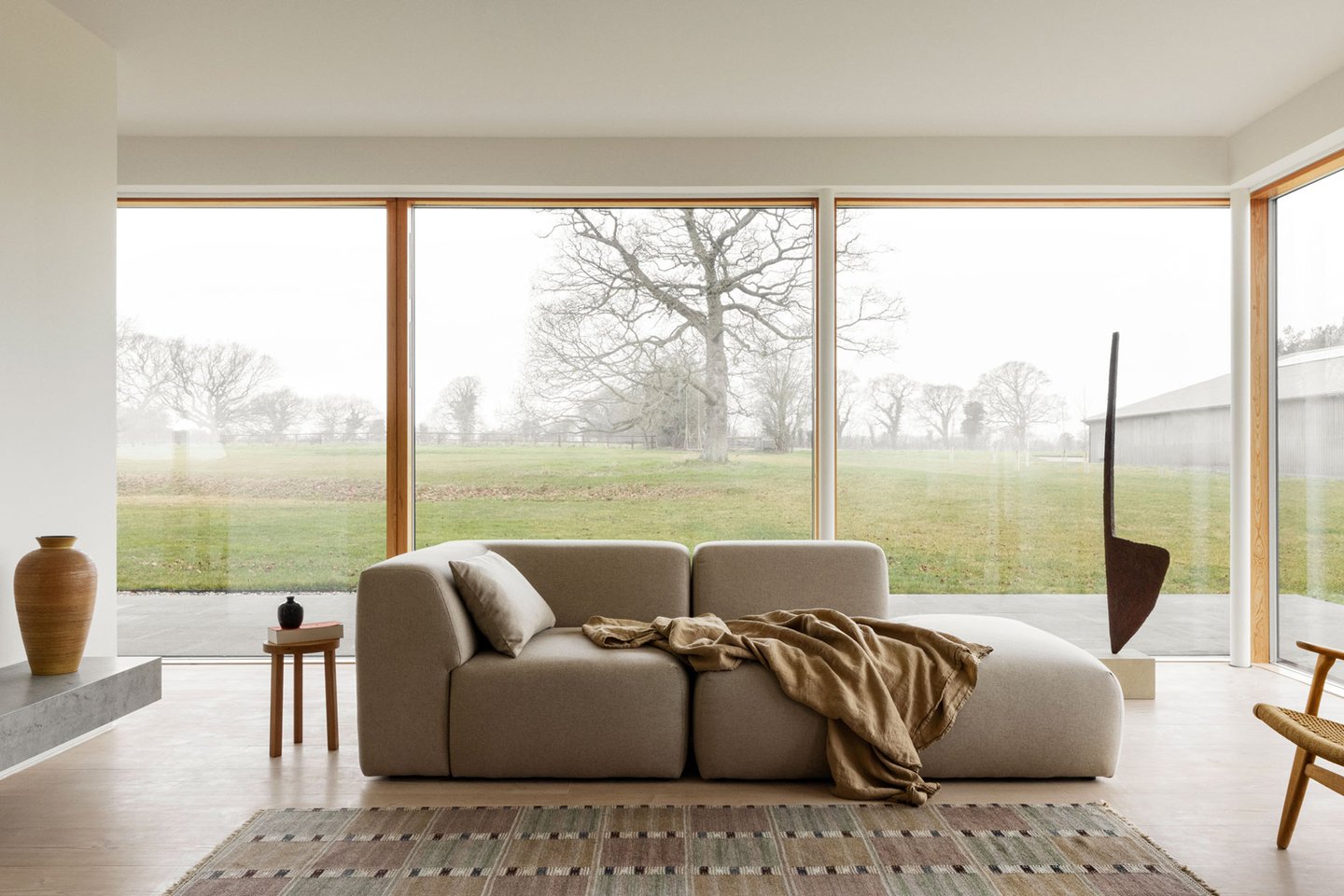
Improving Indoor Air Quality (IAQ) is crucial for our mental wellbeing, with a study in the US and Denmark showing that air pollution increases the risk of psychiatric disorders, including depression. The American Psychiatric Association has also emphasized new research indicating risks to children's mental health. Pollutants can be introduced or intensified in our homes due to factors like design, ventilation systems, construction materials and even everyday activities like cooking or burning candles. A particular concern is moisture, which fosters conditions suitable for mold growth and house dust mites. These damp settings can induce symptoms ranging from brain fog and fatigue to more severe problems such as anxiety and depression. A report by Shelter, a housing charity, emphasized the widespread presence of dampness and mold in residences, conditions that are associated with negative mental health outcomes.
To optimize both mental and physical health, addressing indoor air quality is incredibly important. Regular ventilation is essential. Briefly opening windows can bring in fresh air, displacing pollutants. In areas with heavy pollution, air purifiers can be beneficial. Humidifiers maintain appropriate moisture levels to combat mold and allergens. Introducing houseplants serves a dual purpose: purifying air and enhancing tranquility. Regular cleaning is also crucial to ensure a healthier environment.
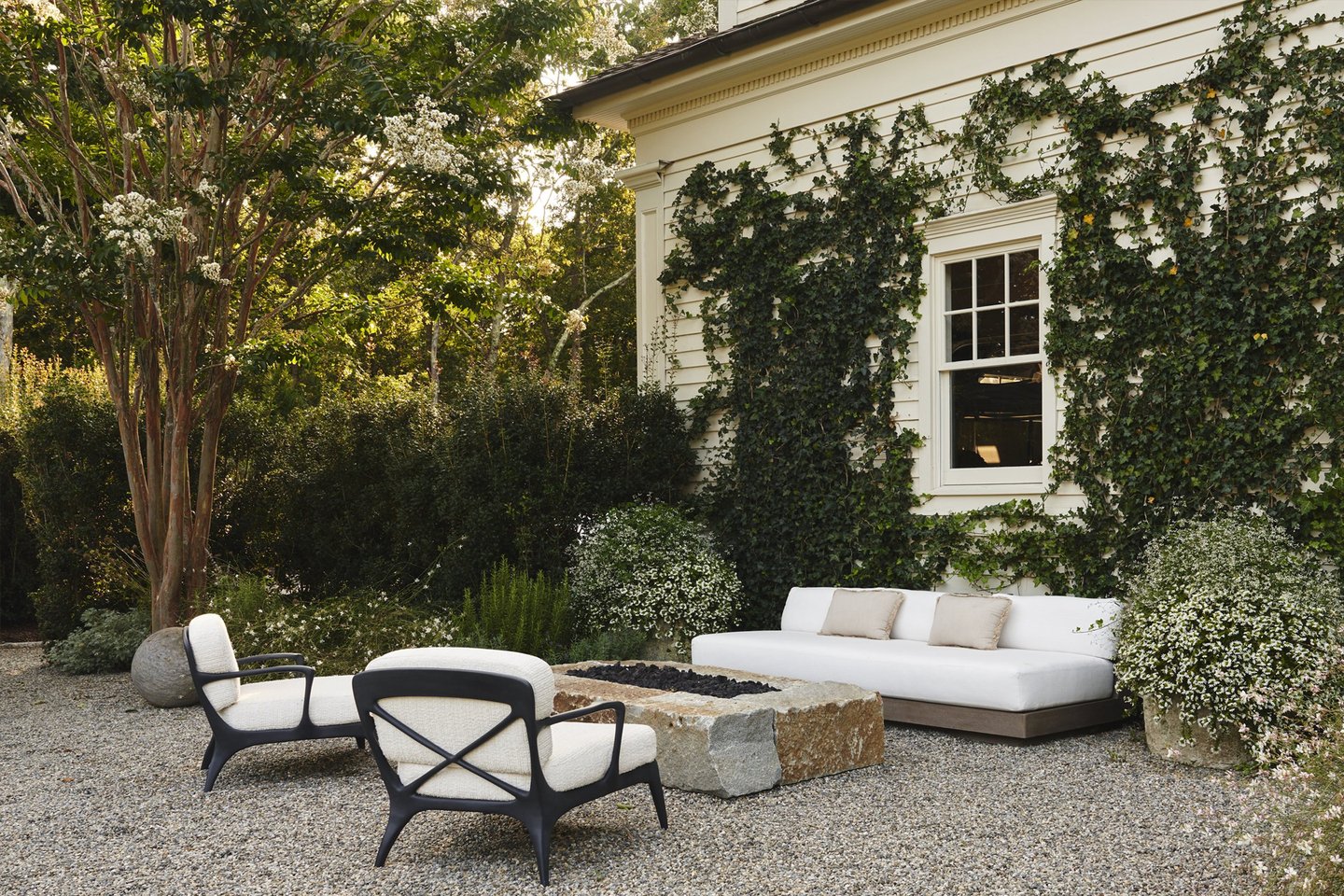
Research from the American Psychological Association suggests that natural environments not only improve sleep and reduce stress but also foster increased happiness and reduced negative emotions. Such interactions with nature improve positive social dynamics and lend a deeper sense of meaning to life. This holistic benefit to our wellbeing impacts our physiological, psychological and cognitive systems. It reduces anxiety, mitigates feelings of anger and fear and even elevates creativity and mood.
In today's urban landscape, marked by a surge in stress-related conditions, the imperative for a deeper connection with nature becomes evident. Biophilic design, which seeks to integrate elements of the natural environment into our living spaces, offers a means to infuse our homes with the calming touch of nature. By incorporating serene colors reminiscent of nature's palette and utilizing natural materials such as wood and stone for finishes and furnishings, we create tactile experiences with tangible benefits. Many individuals report a decrease in negative feelings and an uplift in positivity when surrounded by these biophilic elements.
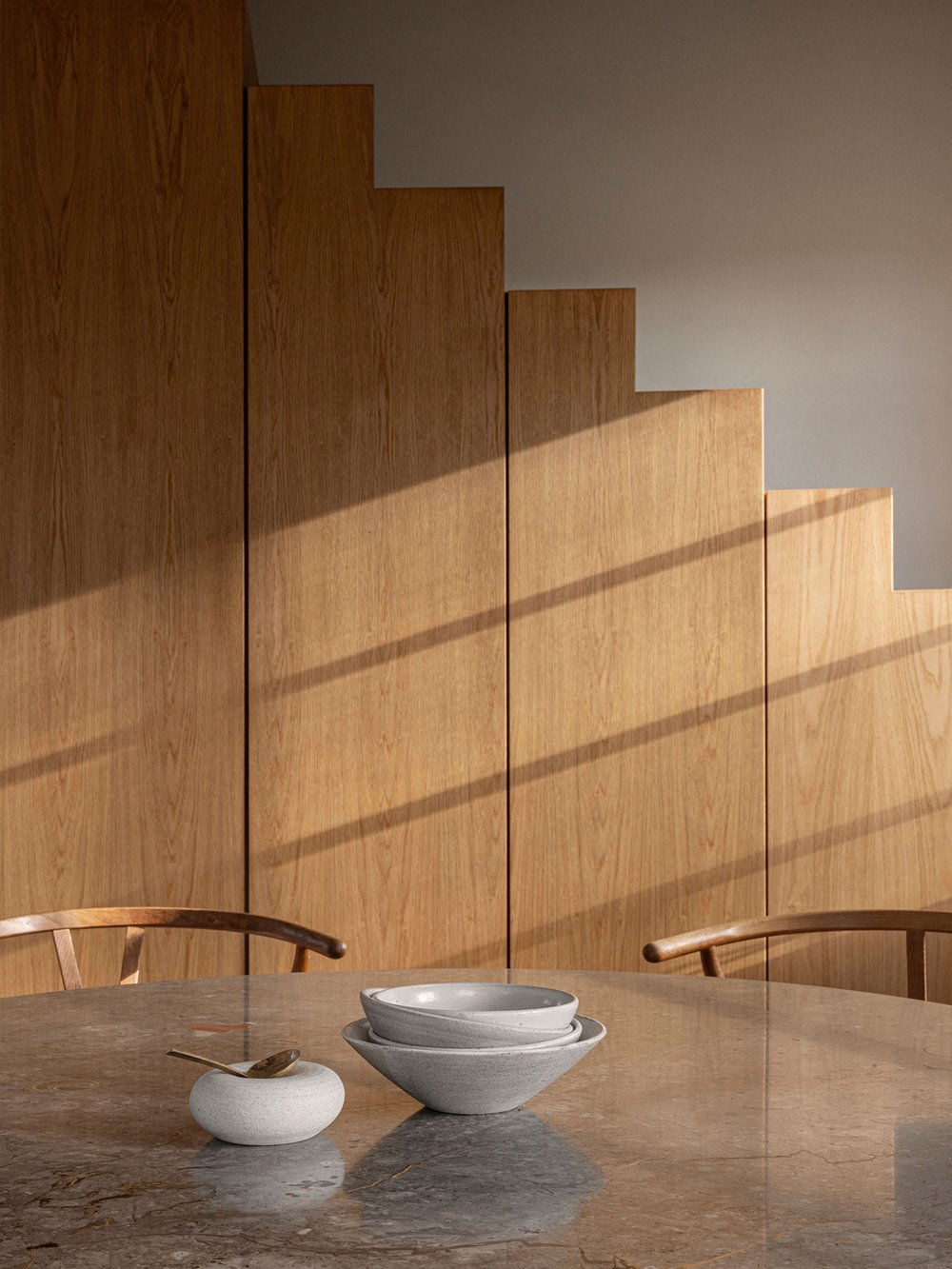
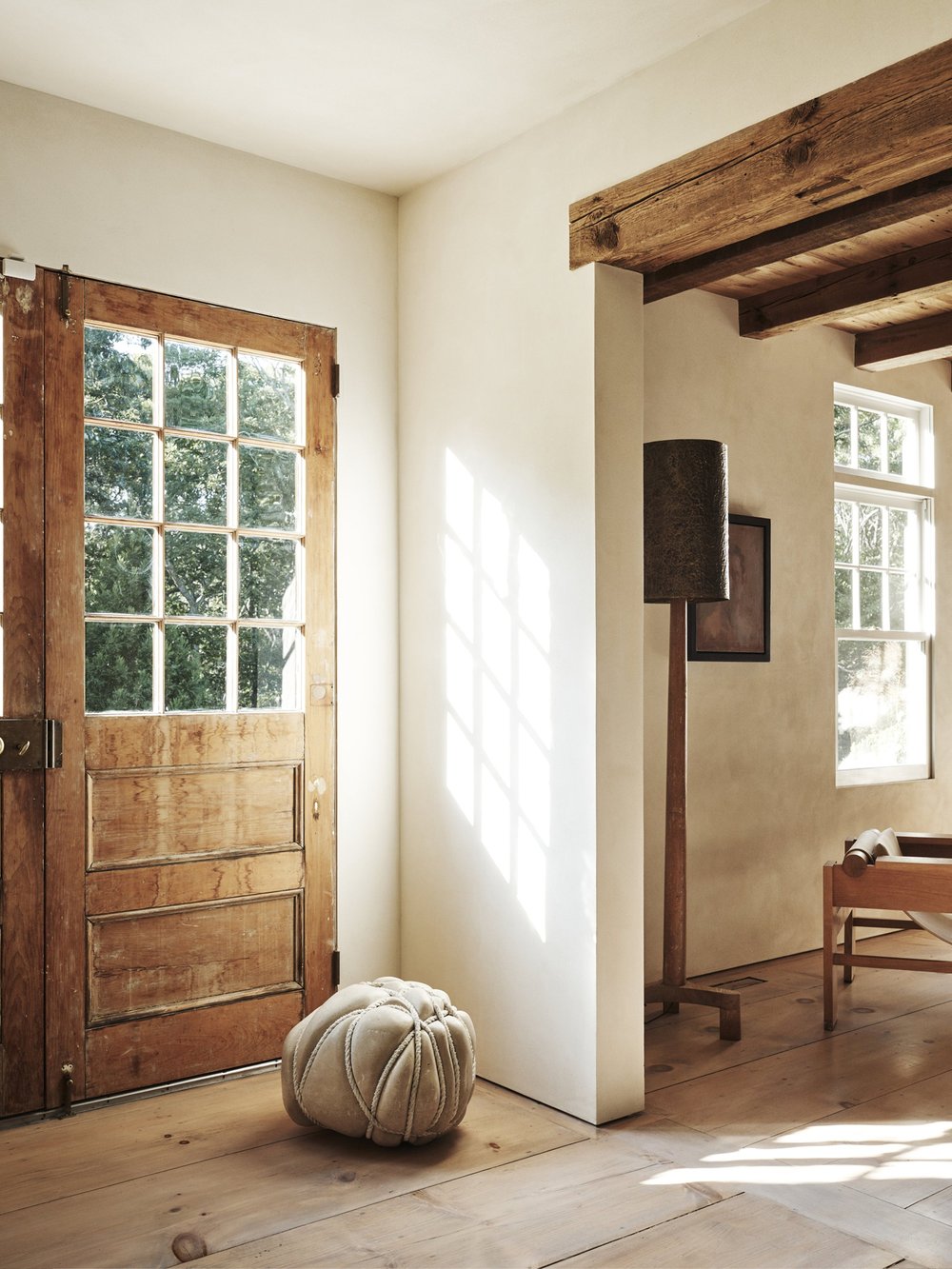
The role of natural light in mental wellbeing is undeniable. As a key regulator of our circadian rhythms, daylight influences mood, cognitive function and sleep quality. Regular exposure to natural light promotes serotonin production, whereas its absence can increase melatonin levels, leading to potential sleep disruptions and mood imbalances. A 2022 study in Building and Environment, the International Journal of Building Science and its Applications, emphasized the benefits of natural light in enhancing emotional wellbeing.
On the flip side, a lack of consistent sunlight exposure can pose various mental health challenges. In its absence, individuals might grapple with sleep disruptions, mood fluctuations and conditions like anxiety, depression and Seasonal Affective Disorder (SAD). Given the deep-rooted relationship between light and mental health, it becomes essential to make architectural and interior choices that amplify natural light in our homes. Approaches could range from strategic window placements during initial home designs or renovations, to restructuring your layout to optimize available natural light throughout the day. Actively harnessing outdoor spaces is also instrumental in fostering mental wellbeing.
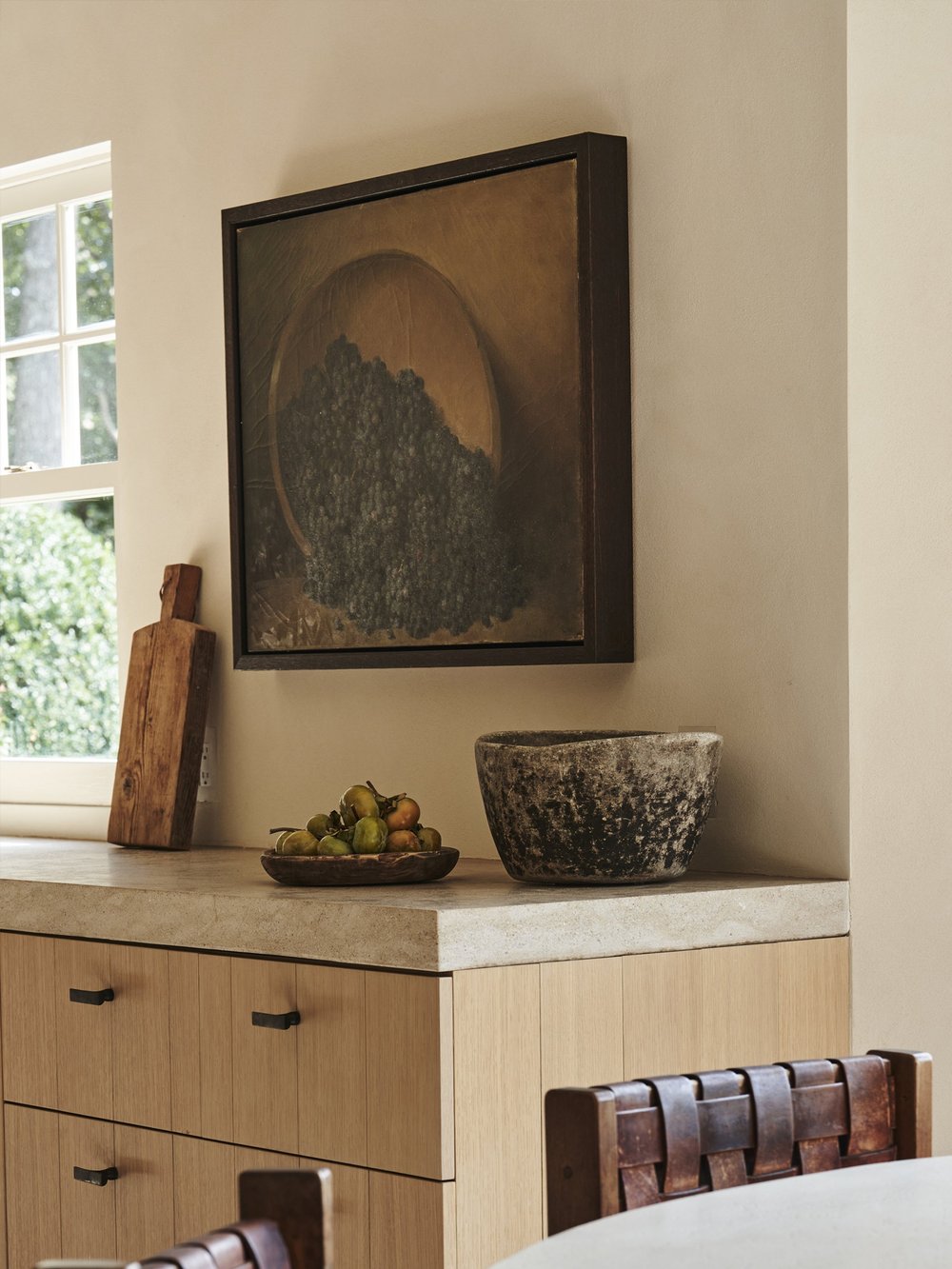
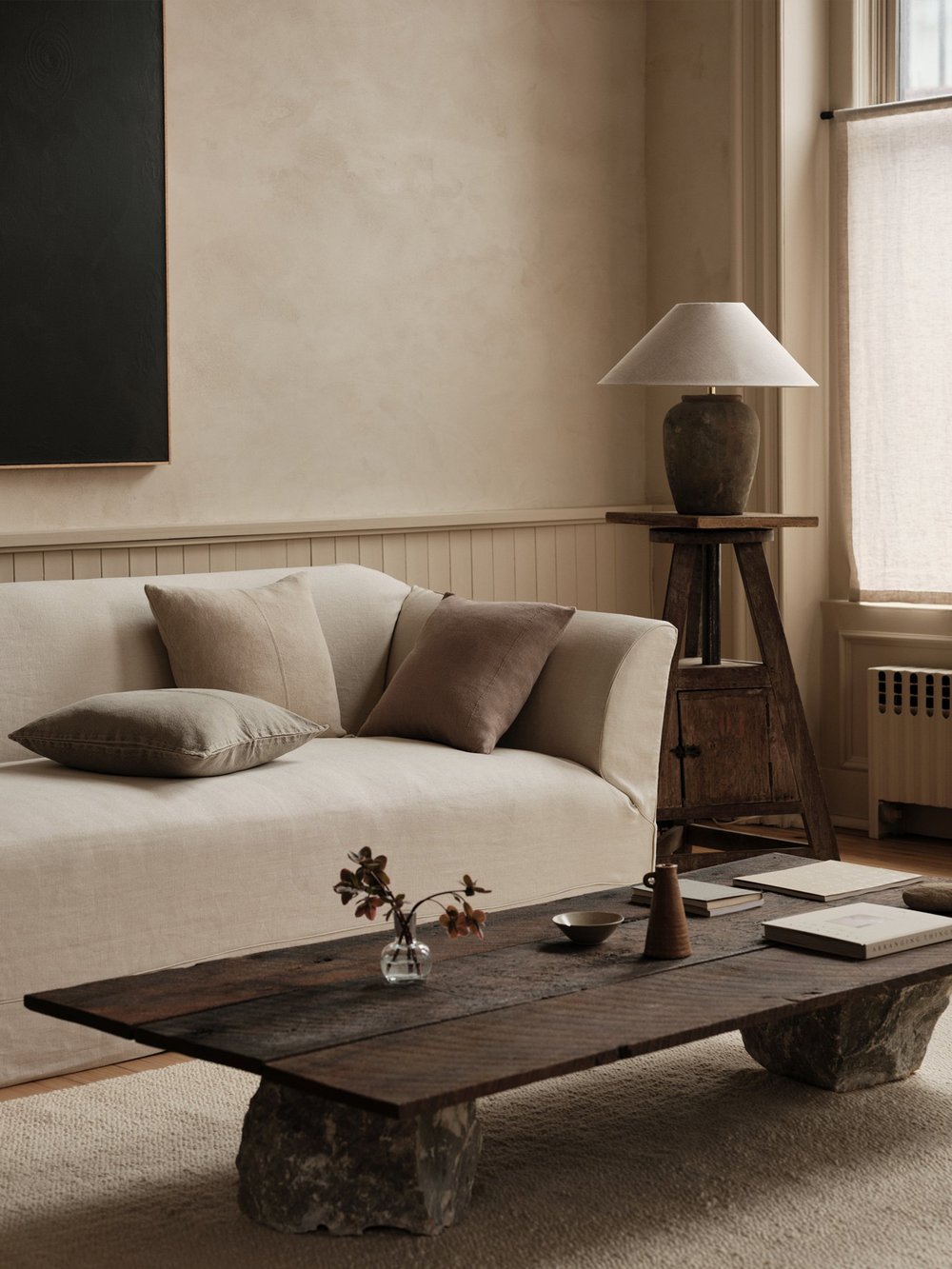
Recognizing that mental and physical health are deeply entwined, the nurturing environment of our homes has the power to uplift both. They are holistic spaces, catering not just to our physical needs but to our emotional, social and psychological ones too. As we continue to explore the multifaceted ways in which our living spaces can support mental health, it becomes abundantly clear that our homes are not just spaces to exist, but spaces to thrive.
Feature Image: Designed by Jordan Carlyle, photo courtesy of Adrian Gaut
Photography: Adrian Gaut, Jonas Bjerre-Poulsen, Rich Stapleton

9 min read
WLLW explores how to craft a home office that elevates both your work and wellbeing through intentional design choices.
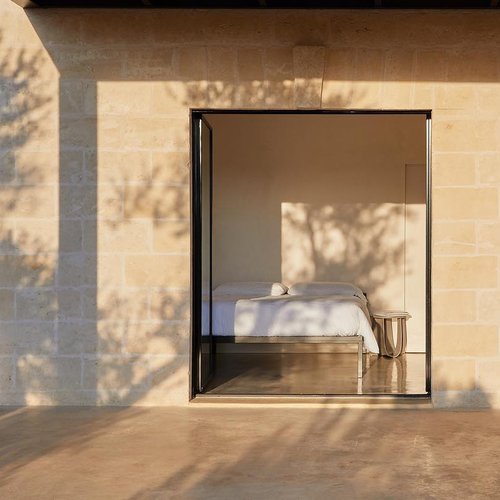
3 min read
Natural light is more important to your health than you think. Here’s what to do if your home doesn’t get enough.